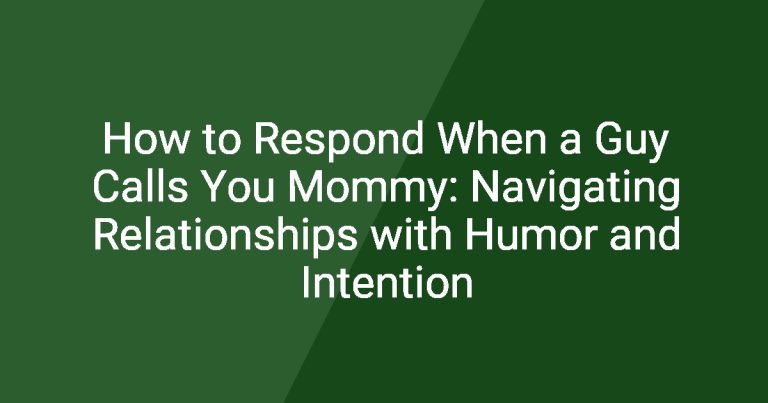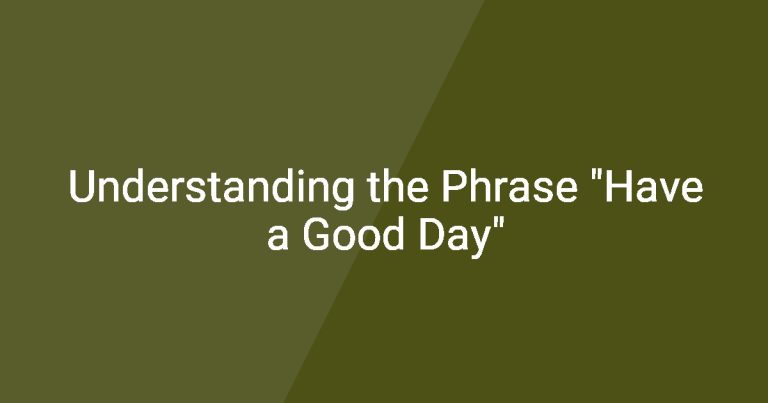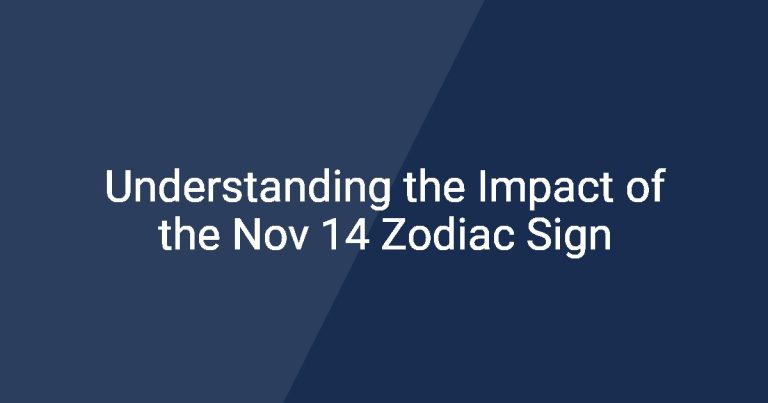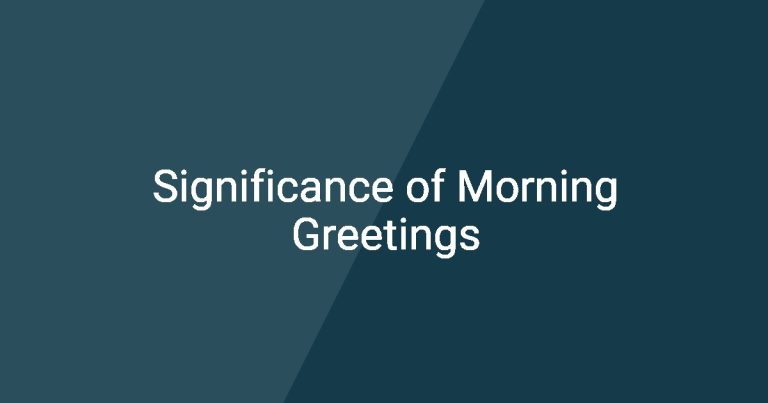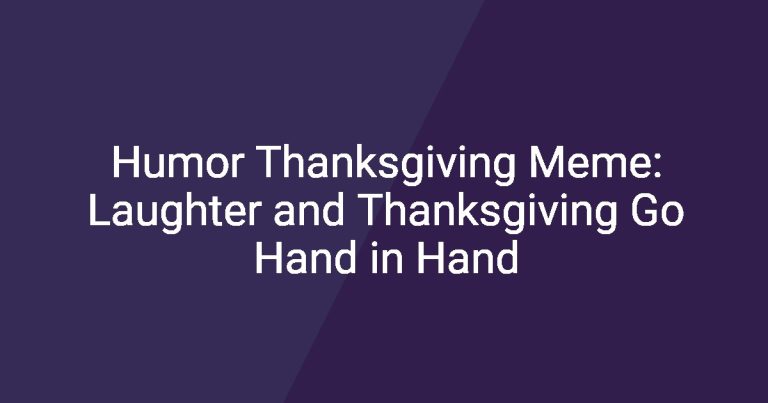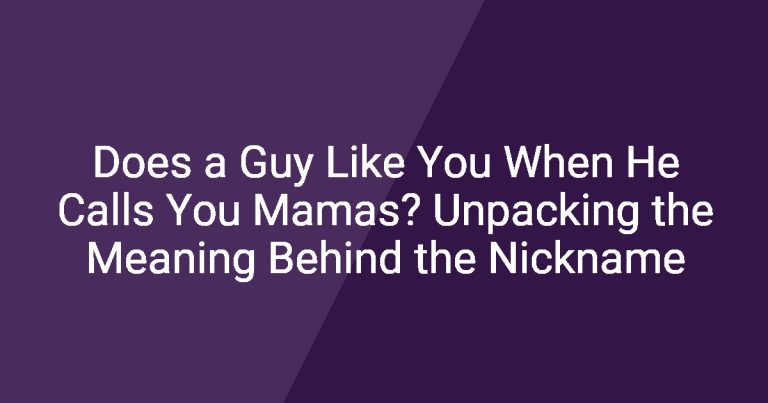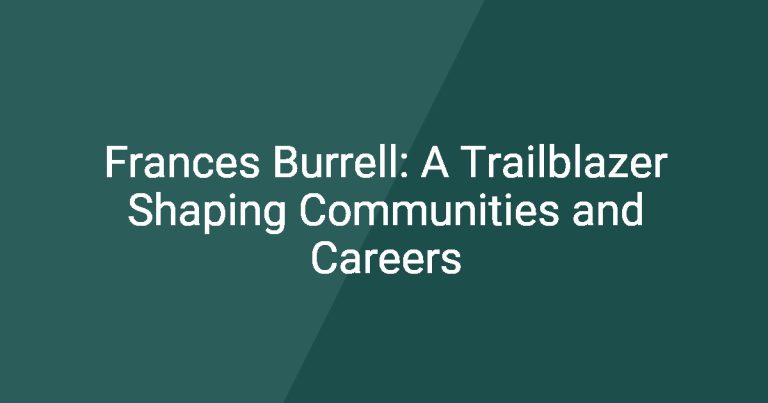In everyday conversations, “see you then” is a phrase often used to confirm plans, whether for casual meet-ups or professional engagements. It’s a common expression that signifies agreement and anticipation about future interactions. Understanding how to respond appropriately to this phrase is essential as it not only enhances communication but also strengthens relationships, whether personal or professional.
When someone says “see you then”, it opens the door for you to express your enthusiasm, clarify details, or even address any uncertainties. Your response can set the tone for the meeting or event, and thus, knowing how to adequately reply is paramount. In this article, we’ll delve into various scenarios, response styles, and tips to help you confidently navigate this seemingly simple yet significant exchange.
Understanding Social Contexts
Casual Conversations
Casual interactions typically occur among friends and family. When responding to “see you then” in these settings, it’s crucial to reflect enthusiasm or agreement, as this can foster a positive atmosphere for the upcoming meet-up.
For instance, if a friend says, “See you then!” after you’ve made plans to catch up over coffee, a fitting response might be, “Can’t wait! I’m looking forward to it!” This response not only affirms the plan but also conveys excitement, which is essential in close relationships.
Professional Settings
In a professional context, responses to “see you then” call for a different tone. Maintaining professionalism is essential as it affects how colleagues perceive each other and can impact workplace dynamics.
When a colleague confirms a meeting with “see you then”, an appropriate response could be, “Thank you, I’ll see you at 10 AM on Tuesday.” This kind of response is concise and acknowledges the details, enhancing clarity in a work environment.
Different Response Styles
Agreeable Responses
When you’re satisfied with the plans made, providing short and affirming replies is effective. This communicates not just agreement but also eagerness. Responses like “Sounds good!” or “Looking forward to it!” work well here.
Such enthusiastic replies are particularly impactful in casual contexts, as they help to build camaraderie and express warmth.
Clarifying Responses
Sometimes, you may want to clarify details regarding the plans. This is important to ensure both parties have a shared understanding of the meeting time and place. Example responses might include:
– “What time should we meet?”
– “Where shall we meet for lunch?”
These types of clarifications prevent confusion and demonstrate your intent to solidify arrangements.
Indecisive or Non-committal Responses
There may be instances when you’re unable to confirm plans outright. In such cases, it’s essential to communicate transparently. Examples of appropriate responses in these scenarios include:
– “I’m not sure yet, but I’ll keep you updated.”
– “Can we touch base closer to the date?”
These responses indicate that while you value the plan, you’re still sorting through your availability.
Tailoring Your Response
Consider the Relationship
When responding to “see you then”, considering the relationship you have with the other person is crucial. Different relationships call for varying tones. Friendly exchanges with friends may warrant a casual tone, while interactions with colleagues or superiors should maintain professionalism.
For instance, responding to a friend with, “So excited to see you!” contrasts with a more formal reply to a colleague, such as, “Looking forward to our meeting.”
Adapting to Communication Style
Reflecting the other person’s communication style can enhance rapport. If your friend typically uses lots of emojis, feel free to respond similarly. For example, if they say, “See you then 😊”, you might reply with, “Absolutely! Can’t wait! 🎉”
Adapting your language and tone creates a sense of harmony between you and the other person.
Scenario-Based Responses
Meeting a Friend for Coffee
In a casual setting like meeting a friend for coffee, a friendly response is appropriate. An example might be, “Can’t wait! See you then!” This response is enthusiastic and sets a warm tone for the meet-up.
Confirming a Business Meeting
When confirming a business meeting, a concise and formal response is ideal. You might say, “Great, see you at 10 AM on Tuesday.” This clearly outlines the plan and highlights your professionalism.
Making Plans with Family
Family interactions often allow for warmth and affection. Responding to a family member with something like, “See you then! Excited to catch up!” can effectively convey your eagerness and affection.
Tips for Effective Responses
– Be authentic and true to your personality. Your responses should reflect who you are.
– Use emojis or humor where appropriate in casual contexts to add a personal touch.
– Consider the timing of your response; immediate replies can show enthusiasm, while a thoughtful response can indicate careful consideration.
– Balance enthusiasm with professionalism, adapting your tone based on the setting.
Possible Follow-up Actions
After confirming plans with “see you then”, consider setting reminders or calendar events to keep track of time and place. It’s also essential to reach out again for details or changes closer to the meeting date to ensure everything is on track. If plans change, communicate those changes promptly, as this demonstrates respect for the other person’s time.
Conclusion
A thoughtful response to “see you then” is an opportunity to strengthen communication. Adapting your response based on the context and relationship can lead to more meaningful interactions. This willingness to engage helps build stronger connections and maintains a positive narrative in your social interactions.
FAQs
1. What does “see you then” typically mean?
“See you then” usually indicates agreement on a future meeting date and time.
2. How should I respond if I’m unsure about the plans?
You can respond with clarifying questions or indicate that you’ll confirm later, such as “Can we touch base closer to the date?”
3. Are casual responses appropriate in professional settings?
While it’s important to maintain professionalism, adapting to a more friendly tone can sometimes foster better relationships, depending on the company culture.
4. Is it necessary to respond immediately?
While immediate responses can show enthusiasm, it’s okay to take time to formulate your reply, especially if you need to check your schedule.
5. Can I use emojis when responding to friends?
Absolutely! Emojis can add a fun and personal touch to your replies in casual conversations.
6. Should I alter my response if I’m talking to someone from a different culture?
Yes, different cultures have varying norms for communication. Understanding these differences can guide your response style.
7. What if I forgot about the meeting after replying?
If you forget, it’s best to reach out and communicate your situation as soon as possible. Apologizing and suggesting a new time can help.
8. How do I respond to “see you then” if I have a scheduling conflict?
If there’s a conflict, it’s respectful to let the person know right away. You could say, “I’m sorry, I can’t make it then. Can we reschedule?”
9. Is it okay to decline a meeting if I feel uncomfortable?
Yes, it’s entirely acceptable. You can politely explain your discomfort and suggest an alternative if needed.
10. How does responding well impact relationships?
Responding thoughtfully can lead to improved communication, increase trust, and reinforce positive connections with others.
| Type of Interaction | Example Response | Considerations |
|---|---|---|
| Casual Friend Meeting | “Can’t wait! See you then!” | Enthusiastic, Friendly |
| Professional Meeting | “Great, see you at 10 AM on Tuesday.” | Concise, Professional |
| Family Gathering | “Excited to catch up! See you then!” | Warm, Approachable |
| Clarifying Plans | “What time are we meeting?” | Ensuring Clarity |
| Non-Committal | “I’m not sure yet, but I’ll keep you updated.” | Respectful of Circumstances |
